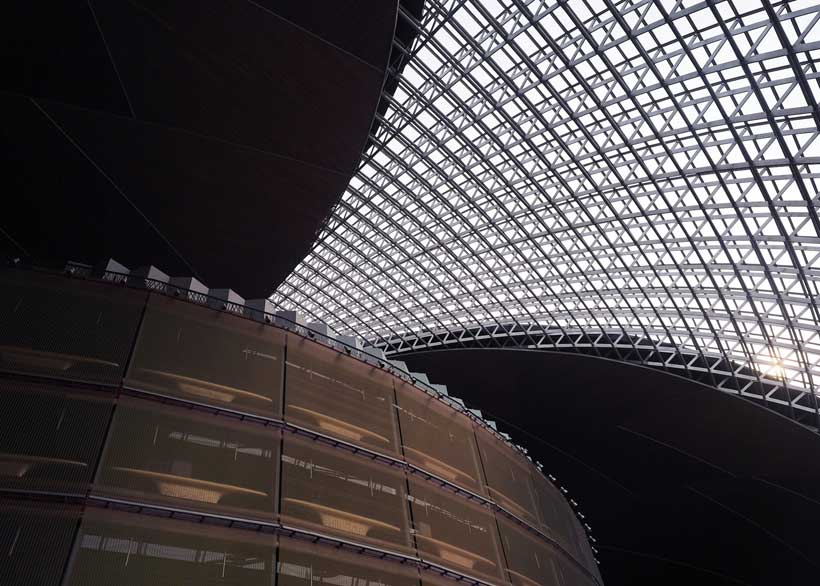Probably gone are the days when all great technological innovations used to be an outcome of laziness! Transfer of Technology (ToT) is a mutual process allowing scientific conclusions, knowledge and intellectual property a legitimate chain of supply for universities and research institutions, to public and private users. It endeavours to transform innovation and scientific produce into new products and services which serves society positively. For countries, IP is a crucial aspect as it facilitates ownership of research & development findings. ToT is closely linked to knowledge transfer also because of the critical information sharing involved.
In the 1970’s, England’s Laboratory of Molecular Biology gave its innovation rights to the country’s National Research & Development Corporation (NRDC) and during the mid 1980’s commercial companies were started to be given non-exclusive license patents on humanized antibodies and transgenic human antibodies to commercial companies. Majority of UK universities have their own Technology Transfer Units (TTOs). These units are structured in numerous ways like divisions of the university, a subsidiary, or a semi-private entity. In 2021, to encourage new innovation the Government Office for Technology Transfer (GOTT) started the ‘Knowledge Asset Grant Fund’ to financially support public sector projects.
The United States introduced a milestone act called the ‘The Bayh–Dole Act’ or ‘Patent and Trademark Law Amendments Act’ in 1980 which permitted contractors to own their inventions which were an outcome of federal government funded research. Before this Act, the Federal Procurement Regulation required the use of a certain ‘Patent Rights Clause’ in which inventors needed to assign inventions made under contract to the federal government unless the funding agency determined that public interest was better served by letting the inventor retain exclusive rights of the service or product. So, the Bayh–Dole Act evenly permits not for profit organizations and small business firms to retain ownership of inventions made under contract and which they have acquired. All they must do is provide that each invention is timely disclosed and the producer/creator elects to retain ownership in the particular invention.
When laws are amended and policies are liberalized, politics soon creeps into the newly formed systems. The politics of tied aid and technology transfer starts when underdeveloped or developing countries have to rely on imported spare parts, knowledge of experts, and services for maintenance, consistency & corrections. The reliance on imported technologies invigorates export markets for the helping countries’ technological products as ToT is embedded in power relations. Transfer of Technology isn’t spared of political obstruction as when technologies travel; they have to be adapted to intersect with the framework of their new settings. Certain knowledge can’t travel and can only be acquired locally. A best example of this is the Corona virus vaccines.
By the nature of how things were, the vaccines and other treatment protocols had to be indigenized as there wasn’t a ‘one shot fits all’ solution. Every country had its own share of controversies, theories and subsequent problems as certain vaccines caused deaths and fatal side effects in certain subsets of people. This makes it imperative that technology transfer can’t be just restricted to implanting new technical products but there must be ways to ensure that transferred technologies work with sustainability in beneficiary countries.
Local knowledge and skills need periodic upgradation as technology transfer is a multifaceted and political process. Geopolitical perils have an impact on an array of economic sectors. Dr. Osama Sweidan, an Associate Professor of economics at the United Arab Emirates University did a rigorous research on the possibility of how the advancements in the U.S. IT sector can pose fluctuations in China’s geopolitical risk. The semiconductor battle between China and the United States is rooted in technological supremacy and economic dominance. The threat of national security concerns loom large as well because this is an era of technology – whoever has the better wins the battle! Though there’ve been reports that China is working hard to ace the chip race after the US imposed restrictions on semiconductor exports to China, which according to Dr. Sweidan’s study significantly puts China at a quantifiably higher geopolitical risk.
A progressing economy like India is being perceived as an ideal ground for new semiconductor setups and new supply chains. For a country that produces millions of doctors, scientists and technocrats every year, what took it so long to eradicate Poliomyelitis – one might think. The answer probably lies in India’s social structure, where education and awareness is easily accessible to some but isn’t to many – especially in the rural areas where things have changed, thanks to the web and rigorous advertising campaigns. For a long time Indian professionals have preferred to migrate to more developed countries where their skills and talent are better acknowledged.
In a candid conversation about what lies ahead in India’s technology ambitions, Dr. V.K Saraswat attributed for developing some of India’s best indigenous ballistic missiles claims that Indian technologies are at par with any developed economy one might choose to pick. “Be it our AI, IoT or Cyber Technologies, trust me when I tell you that we’ve made exponential strides in the arena, a 100+ unicorns isn’t a bad achievement I guess!” says India’s topmost Researcher & Defense Scientist.
Many private players have jumped on the bandwagon of research and innovation. This phenomenon albeit promising comes with its implications. Governmental leverage is vital as investors seek optimum returns on their investment. Technology and its transfer turn friends into foes when a country sanctioned by one, gets what it wants from another. Geopolitical competition, amongst the world’s powers is driving technological disorder which is affecting the geopolitical setting. As the competition gets even more intense countries continue to invest in innovation to play a pivotal part the creation and scaling of advanced technologies. Security, sound health and peace too come at a cost but what’s the exact price? We ought to sit and try calculating that.
